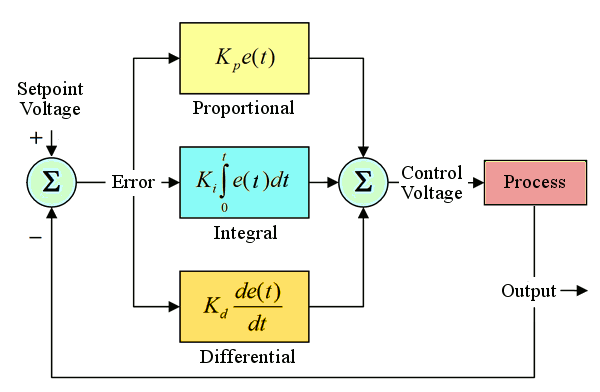As defined by ASHRAE,
thermal energy storage (TES) systems are systems that remove heat from a
storage medium (like water or ice) for use at another time. The primary objective of a TES system is to
reduce the on-peak electrical demand charges and therefore the cost of system
operation. A TES system can
significantly reduce the cost of energy by allowing power intensive, electric
driven cooling equipment to be predominantly operated during utility off-peak
hours when utility electrical demand charges are reduced. A TES system can theoretically shift all or
part of the demand charges for the generation of cooling energy to utility
non-peak hours, dependent only on the arrangement and physical size (capacity)
of the storage vessel. Thus these
systems are principally designed to reduce
energy cost.
Over the years, TES
systems have been credited with saving energy as well. Energy is equal to power (kW) multiplied by
time (hours) or for electricity, kilowatt-hours (kWh). For cooling energy, the equation is still
power (tons) multiplied by time (hours) to yield ton-hours of cooling
energy. The TES system has the
capability of shifting the generation of these ton-hours from peak to non-peak utility
times thus saving cost, but not energy.
Any slight energy savings that may be available from operating a chiller
at full load for more hours or operating at night with lower condensing
temperatures will generally be offset by tank temperature losses and
inefficiency in operation of the control system storing and releasing chilled
water to the loads.
In addition, TES systems have
also been considered as a substitute for redundant chiller capacity. Whether or not this is true depends on one’s
definition of a redundant chiller. All TES systems are designed based on a time
component, back to cooling energy in ton-hours.
Consider a three chiller plant with no redundant chiller capacity. Adding a storage tank that is used
principally for the peak shaving of electrical demands to provide redundant
capacity only makes sense if excess chiller capacity was available the day
before. If the true design load was
three chillers, by the evening of the first day, the capacity of the tank has certainly
been depleted and if the design load continues with two chillers, no other
mechanism is available to make the excess chilled water for the TES system. Even if the tank is just kept cold and kept
in reserve (not used for peak shaving) until one of the three chillers fail, it
could only be considered a redundant chiller for one day.
The concept of storing
chilled water in the volumes required for a campus TES system has a
disadvantage that is concerning from a redundancy and safety standpoint. The typical campus cooling system is a closed,
pressurized chilled water system with very little leakage over time and
therefore very little make-up water introduced into the system. Since the storage tank sizes required for a
TES system cannot be constructed as pressure vessels, the connection of the TES
storage tank converts the closed chilled water system into an open system. The obvious issue here is that controls and
control valves must be relied upon to maintain the level of water in the tank even
when the supply and return line connections both have the capability of quickly
overflowing the tank and disabling the chilled water system. A less obvious issue is that the tank must be
vented, putting air above a very large surface of chilled water. Such water readily absorbs oxygen, making the
chilled water system and its piping significantly more prone to corrosion with
the oxygenated water. Neither of these
are insurmountable issues but they are further considerations in the
desirability of a TES system.
The chilled water system
could remain closed if a heat exchanger were inserted at the union of the
storage system and the closed chilled water system. However even with extremely effective plate
frame heat exchangers, there must be some temperature difference between the
stored chilled water and the chilled water in the closed system, thus further
complicating the operation of the storage system.
Lastly, since the system
saves only energy cost, it is completely dependent on the local electrical rate
for on-peak vs. off-peak power. Some
Owners may find that relying on a 10 year payback based on the current
electrical rate schedule more risky that competing energy cost reduction
techniques.
Author: Jerry Williams


